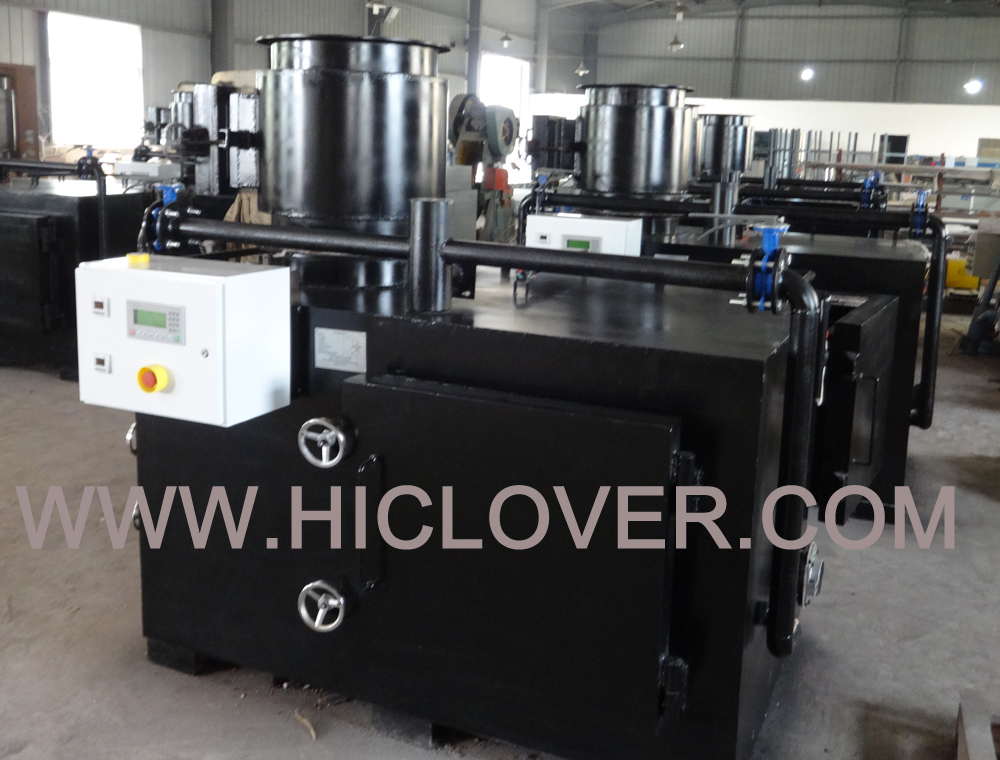Incineration is a waste management technology that involves the combustion of waste materials. The incinerator business has been gaining popularity in recent years as a means of managing landfill waste and generating energy. However, the economic viability of an incinerator business plan is a topic of much discussion and debate.
There are several factors that can influence the economic viability of an incinerator business plan. These include the cost of constructing and operating the facility, the revenue generated from the sale of energy and other by-products, and the potential environmental and social costs associated with the incineration process.
The initial investment required to construct an incinerator facility can be substantial. The cost of designing and building a facility that complies with environmental regulations and safety standards can be in the tens or even hundreds of millions of dollars, depending on the size and complexity of the project. Additionally, operating and maintaining the facility will require significant ongoing costs, including the purchase of fuel, the management of waste, and the maintenance of the incineration equipment.
On the revenue side, incinerator facilities can generate income from the sale of electricity and heat produced during the combustion process. Additionally, some facilities can also sell by-products such as metals and aggregates recovered from the waste stream. However, the revenue potential of an incinerator facility can be influenced by factors such as the availability and cost of fuel, the efficiency of the facility’s operations, and the market demand for the by-products generated.
The economic viability of an incinerator business plan also needs to be considered in the context of potential environmental and social costs. Incineration can be controversial due to the emissions of air pollutants and greenhouse gases, as well as the potential health and environmental impacts of waste incineration. As a result, incinerator facilities must comply with stringent environmental regulations and invest in pollution control technologies to minimize their impact. Additionally, incineration can also face public opposition and legal challenges, which can add to the cost and complexity of the business plan.
Despite these challenges, there are examples of successful and economically viable incinerator business plans. In some cases, incinerator facilities have been able to generate income from the sale of energy and by-products, offsetting the initial investment and operating costs. Additionally, some incinerator facilities have been able to secure long-term waste management contracts with local governments and municipalities, providing a stable source of revenue.
In conclusion, the economic viability of an incinerator business plan depends on a range of factors, including the initial investment required, the potential revenue streams, and the potential environmental and social costs. While there are examples of successful incinerator facilities, the industry continues to face economic, environmental, and social challenges. As a result, careful consideration and analysis are necessary when developing an incinerator business plan.



